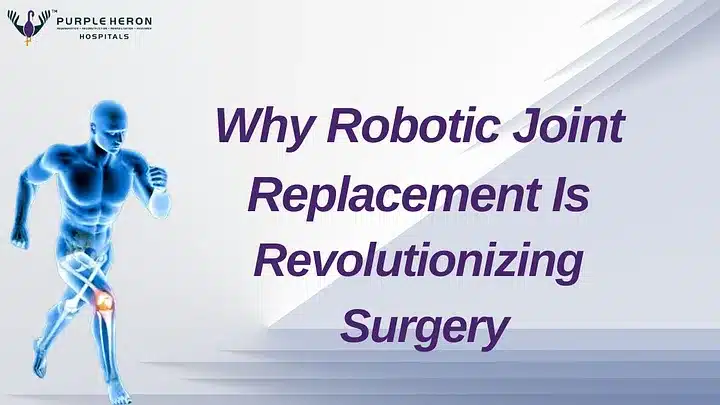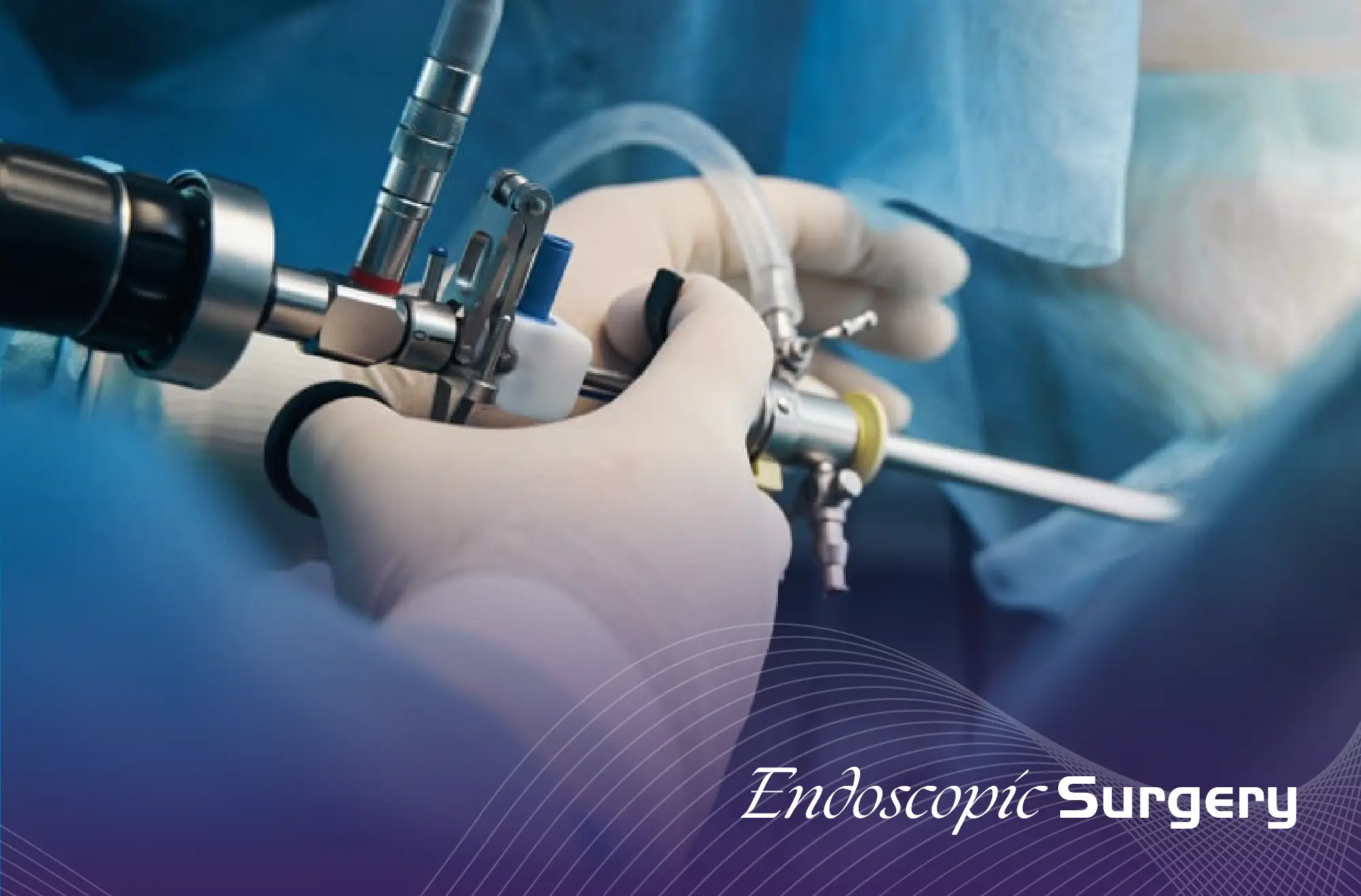In today’s world, breast surgery has become a beacon of hope for many looking to enhance their appearance, restore their confidence, or address medical concerns. Whether you’re considering augmentation, reduction, or reconstruction, understanding the options and finding the right care is essential. This comprehensive guide explores everything you need to know about the best breast surgery in India, highlighting the expertise, affordability, and state-of-the-art facilities that make the country a top destination for such procedures.
Understanding Breast Surgery
Breast surgery encompasses a range of procedures tailored to meet individual needs:
- Breast Augmentation: Enhances breast size and shape using implants or fat transfer.
- Breast Reduction: Reduces breast size to alleviate physical discomfort or achieve a balanced appearance.
- Breast Reconstruction: Restores breast shape after mastectomy, often as part of cancer treatment.
- Breast Lift: Addresses sagging to create a more youthful contour.
Why Choose the Best Breast Surgery in India?
India has become a global hub for advanced medical procedures, and breast surgery is no exception. Here’s why:
- Expert Surgeons: India boasts some of the best plastic surgeons with global recognition.
- Cutting-Edge Facilities: The best plastic surgery hospitals in India are equipped with the latest technology, ensuring safe and effective procedures.
- Affordability: Compared to Western countries, the cost of breast surgery in India is significantly lower without compromising quality.
- Personalized Care: Patients receive customized treatment plans and post-operative care at the best cosmetic surgery hospitals in India.
Choosing the Right Hospital
When considering breast surgery, selecting the right hospital is paramount. Look for these features:
- Experienced Surgeons: Check the credentials and specialization of the surgical team.
- Advanced Infrastructure: Ensure the hospital has modern equipment for diagnosis, surgery, and recovery.
- Patient Reviews: Read testimonials and reviews to gauge patient satisfaction.
- Accreditation: Choose hospitals accredited by reputed national or international organizations.
Some of the best cosmetic surgery hospital in India, are renowned for their exceptional services and highly skilled staff. These institutions provide a safe environment for patients, adhering to the highest standards of medical ethics and care.
Transforming Confidence Through Breast Surgery
For many, breast surgery is about more than physical change—it’s about regaining confidence. Whether you’re overcoming the effects of pregnancy, age, or illness, the right procedure can dramatically improve your self-esteem.
Post-Surgery Care
After undergoing the best breast surgery, proper post-operative care is essential for optimal results:
- Follow the surgeon’s advice on wound care and activity restrictions.
- Attend regular follow-up appointments.
- Maintain a healthy lifestyle to support recovery.
Final Thoughts
If you’re considering breast surgery, India offers unparalleled opportunities to achieve your goals with world-class care. By choosing plastic surgery hospital in India, you can embark on a transformative journey that enhances both your appearance and confidence.
Are you ready to take the next step? Consult with a trusted expert and explore how the best breast surgery in India can change your life for the better.

























